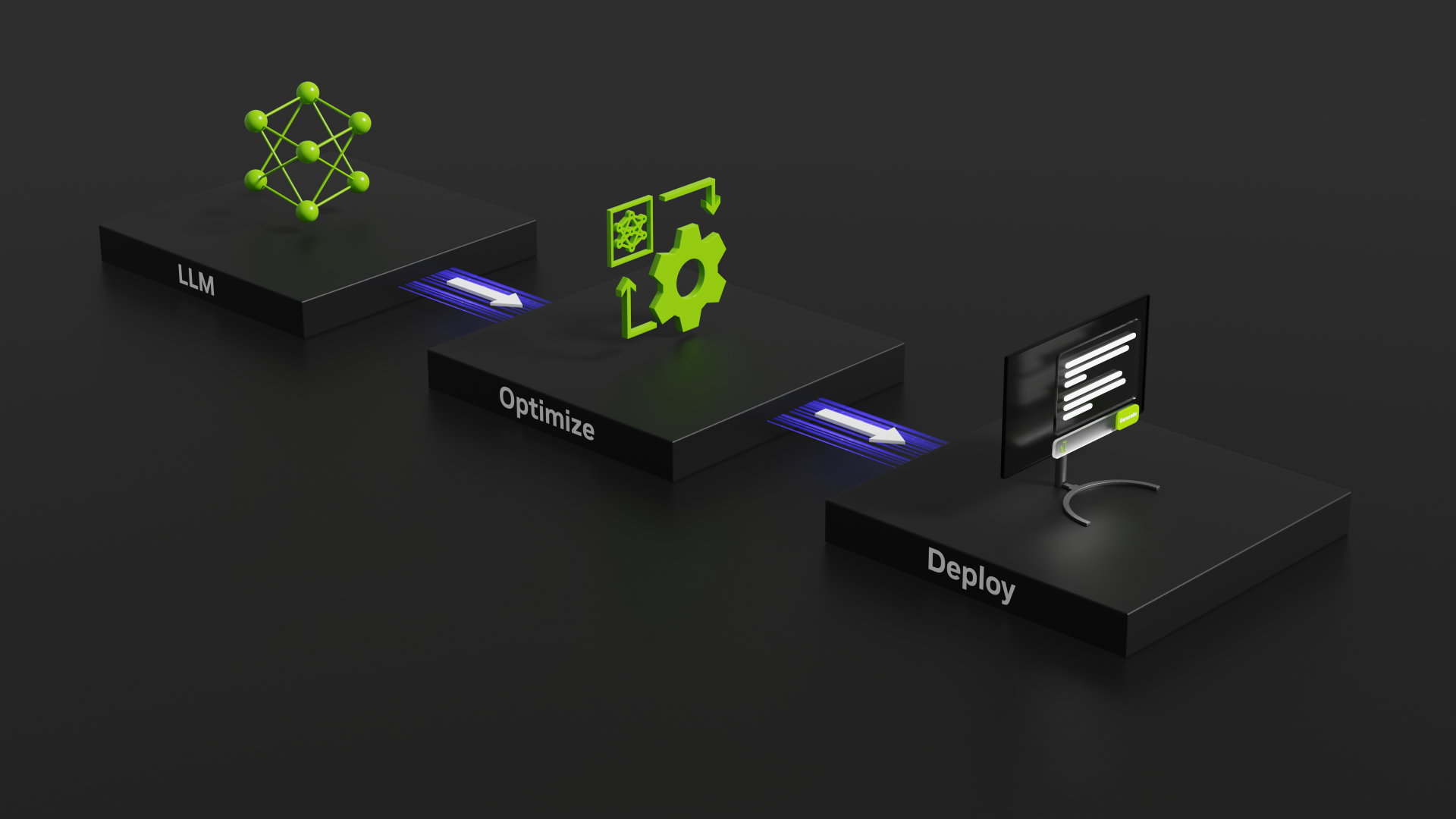Presenting local AI-powered software options for tasks such as image & text generation, automatic speech recognition, and frame interpolation.


Presenting local AI-powered software options for tasks such as image & text generation, automatic speech recognition, and frame interpolation.

Evaluating the speed of GeForce RTX 40-Series GPUs using NVIDIA’s TensorRT-LLM tool for benchmarking GPU inference performance.
NVIDIA Enroot has a unique feature that will let you easily create an executable, self-contained, single-file package with a container image AND the runtime to start it up! This allows creation of a container package that will run itself on a system with or without Enroot installed on it! “Enroot Bundles”.
Enroot is a simple and modern way to run “docker” or OCI containers. It provides an unprivileged user “sandbox” that integrates easily with a “normal” end user workflow. I like it for running development environments and especially for running NVIDIA NGC containers. In this post I’ll go through steps for installing enroot and some simple usage examples including running NVIDIA NGC containers.
In this post I’ll be working up, analyzing, visualizing, and doing Gradient Descent for Linear Regression. It’s a Jupyter notebook with all the code for plots and functions in Python available on my github account.
In Part 3 of this series on Linear Regression I will go into more detail about the Model and Cost function. Including several graphs that will hopefully give insight into the their nature and serve as a reference for developing algorithms in the next post.
In Part 2 of this series on Linear Regression I will pull a data-set of house sale prices and “features” from Kaggle and explore the data in a Jupyter notebook with pandas and seaborn. We will extract a good subset of data to use for our example analysis of the linear regression algorithms.
Linear regression could possibly be considered the “Hello World” problem of Machine Learning. It’s implementation touches on many of the fundamental ideas and problems in this field. I’ll give you some guidance for understanding and implementation of this fundamental idea.
This is the start of a series of posts on Machine Learning and Data Science. I’ll be exploring the algorithms and tools of Machine Learning and Data Science. It will be tutorials, guides, how-to, reviews and “real world” application. The post will be done using Juypter notebooks and the notebooks will be available on GitHub.
I’ve been doing this series of posts about setting up Docker for your desktop system, so why not literally add containers to your desktop! The way we have Docker configured, containers are the same as other applications you run. In this post I’ll show you how to add icons and menu items to launch containers.